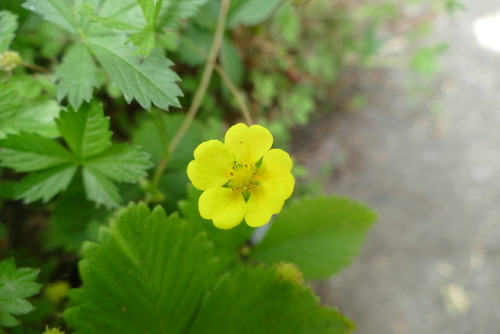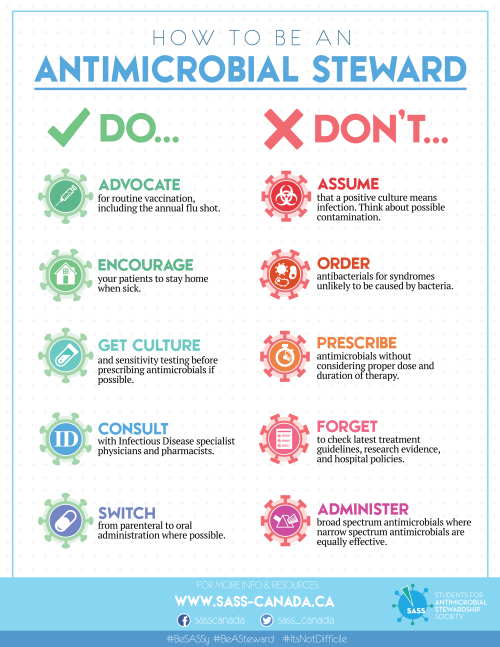#antimicrobial
Approach paves way for new generation of antimicrobial materials
Researchers at North Carolina State University have successfully incorporated “photosensitizers” into a range of polymers, giving those materials the ability to render bacteria and viruses inactive using only ambient oxygen and visible-wavelength light. The new approach opens the door to a range of new products aimed at reducing the transmission of drug-resistant pathogens.
“The transmission of antibiotic-resistant pathogens, including so-called ‘superbugs,’ poses a significant threat to public health, with millions of medical cases occurring each year in the United States alone,” says Reza Ghiladi, associate professor of chemistry at NC State and co-corresponding author of a paper on the work. “Many of these infections are caused by surface-transmitted pathogens.
"Our goal with this work was to develop materials that are self-sterilizing, nontoxic and resilient enough for practical use. And we’ve been successful.”
“A lot of work has been done to develop photosensitizer molecules that use the energy from visible light to convert oxygen in the air into biocidal 'singlet’ oxygen, which effectively punches holes in viruses and bacteria,” says Richard Spontak, distinguished professor of chemical and biomolecular engineering, professor of materials science and engineering at NC State and co-corresponding author of the paper. “There is no resistance to this mode of action.
Post link
Potentilla reptans, known as the creeping cinquefoil,European cinquefoilorcreeping tormentil in my garden June 2018.
Apparently, “Alcoholic extracts from roots of Potentilla reptans showed a moderate antimicrobial activity against common wound pathogens”, according to, Watkins F, Pendry B, Sanchez-Medina A, Corcoran O (November 2012). “Antimicrobial assays of three native British plants used in Anglo-Saxon medicine for wound healing formulations in 10th century England”
Post link
How To Be An Antimicrobial Steward | January 2016
Infographic on antimirobial stewardship for Students for Antimicrobial Stewardship Society.
Post link
Bacteria may Demonstrate any of Five General Mechanisms of Antibiotic Resistance:
1. Lack of entry; Decreased cell permeability.
2. Greater exit; Active efflux.
3. Enzymatic inactivation of the antibiotic.
4. Altered target; Modification of drug receptor site.
5. Synthesis of resistant metabolic pathway.
More than HIV, more than malaria. The death toll worldwide from bacterial antimicrobial resistance (AMR) in 2019 exceeded 1.2 million people, according to a new study.
In terms of preventable deaths, 1.27 million people could have been saved if drug-resistant infections were replaced with infections susceptible to current antibiotics. Furthermore, 4.95 million fewer people would have died if drug-resistant infections were replaced by no infections, researchers estimated.
Go smudge yourself. ✌



